By Mary Ann Cappiello, Jennifer M. Graff and Melissa Quimby on behalf of The Biography Clearinghouse  Over the last two years, we’ve enjoyed sharing excerpts from The Biography Clearinghouse website. We hope that our interviews with book creators and our teaching ideas focused on using biographies for a variety of classroom purposes has been helpful to the CLA membership and beyond. This month, we’re very excited to share something different - a voice directly from the classroom. Melissa Quimby, a 4th grade teacher in Massachusetts, has written the inaugural entry in our new feature “Stories from the Classroom.” Melissa is the genius behind #MeetSomeoneNewMonday, a weekly initiative that has spread from her classroom to her grade level team to an entirely different school in just three years. This initiative launched when Melissa decided to share her passion for picturebook biographies with her students through interactive read-alouds. They were hooked! As Melissa writes, “Over time, I molded this project in intentional ways, and it evolved into an adventure that focused on identity, centered marginalized and minoritized communities, and cultivated thoughtful, strategic middle grade readers.” What started as a way to share nonfiction picturebooks as an engaging and compelling art form developed into a more nuanced exploration of global changemakers–past and present. With their weekly reading of picturebook biographies, students grow as readers and thinkers and deepen their individual and collective sense of agency. In the following excerpts, Melissa describes how she reveals each week’s notable changemaker to her students and shares some of her picturebook biography selections. Monday Read-Aloud Routines 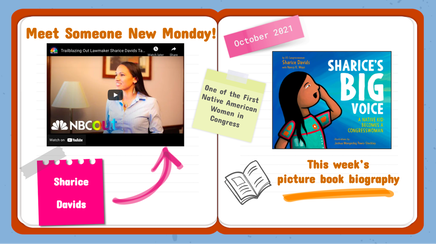 Reveal Slide Example Reveal Slide Example On Monday mornings, we gather together as a reading community. In an effort to build excitement, our reveal slide is projected on the board as students arrive. Some weeks, copies of the backmatter wait on the rug, inviting students to preview the figure of the week. This could be the author’s note, a timeline, or a collection of real-life photographs. Once all readers are settled, we watch a video to learn a little bit about the person in the spotlight. Some weeks, interactive read aloud time happens on Monday morning immediately following the reveal. On some Mondays, it works best for us to huddle up in the afternoon. Occasionally, we steal pockets of time throughout our busy schedule to enjoy the biography of the week in smaller doses. When we read the text is not as important as how we read the text. The heart of this work truly lies in how we generate emotional investment within our students and how we help our students’ reactions and ideas blossom into new thinking about the world and ways that they can take action in their own lives for themselves and others. Sometimes, we simply read the biography to love it. In those moments, readers are silent with their eyes glued to the book, scanning the illustrations, wide-eyed when something surprising happens. Perhaps they whisper something to their neighbor, let out an audible gasp or share a comment aloud. Sometimes, we read to grow ideas. In these moments, readers are tracking trouble, considering how the figure responds to obstacles. They are ready to turn to their partner and reach for a precise trait word or theme and supporting evidence. To read more about #MeetSomeoneNewMonday, including Melissa planning process with her grade level team and student responses, visit Stories from the Classroom on The Biography Clearinghouse website You can also reach out to Melissa through her website (QUIMBYnotRamona) or Twitter (@QUIMBYnotRamona) to discuss how to implement #MeetSomeoneNew initiative in your classroom or school. Inspired by Melissa’s picturebook biography initiative or done something similar? Share your ideas and stories with us via email: [email protected]. Or, chime in on Twitter (@teachwithbios), Facebook, or Instagram with your own #teachwithbios ideas and picturebook biography recommendations. Melissa Quimby teaches fourth grade in Massachusetts. She is passionate about helping young writers improve their craft, and her to-be-read list is always stacked with middle grade fiction. Melissa shares her love of children’s literature on Teachers Books Readers and shares about her literacy instruction with the Choice Literacy community. You can connect with her at her website, QUIMBYnotRamona, or follow her on Twitter @QUIMBYnotRamona. Mary Ann Cappiello teaches courses in children’s literature and literacy methods at Lesley University, blogs about teaching with children’s literature at The Classroom Bookshelf. She is a former chair of NCTE’s Orbis Pictus Award for Outstanding Nonfiction K-8. Jennifer M. Graff is an Associate Professor in the Department of Language and Literacy Education at the University of Georgia where her scholarship focuses on diverse children’s literature and early childhood literacy practices. She is a former committee member of NCTE’s Orbis Pictus Award for Outstanding Nonfiction K-8, and has served in multiple leadership roles throughout her 16+ year CLA membership. BY WENDY STEPHENSEditorial Note: This post is the first in a 2-part series by Wendy Stephens discussing the rich landscape of book awards announced over the winter months. In this first post, Wendy focuses on ALSC awards and awards by ALA affiliates recognizing books for children or books for a wide spectrum of age groups. The second post, which will be published next week, will present awards for YA literature administered by YALSA, as well as several other notable awards. When we talk about budgeting for materials, I always advise my school librarian candidates to be sure to save some funding for January. No matter how good their ongoing collection development has been throughout the year, there are always some surprises when the American Library Association's Youth Media Awards (YMAs) roll around, and they'll want to be able to share the latest and best in children's literature with their readers. These are the books that will keep their collections up-to-date and relevant. From our own childhoods, we always remember the "books with the medals" -- particularly the John Newbery for the most outstanding contribution to children's literature and the Randolph Caldecott for the most distinguished American picture book for children. These books become must-buys and remain touchstones for young readers. In 2021, Newbery is celebrating its one hundredth year. Some past winners and honor books are very much a product of their time, and many of those once held in high esteem lack appeal today. For those of us working with children and with children's literature, the new books honored at Midwinter offer opportunities to revisit curriculum, update mentor texts, and build Lesesneian "reading ladders." Each award committee has its own particular award criteria and guidelines for eligibility, and its own process and confidentiality norms. Every year, the YMAs seems to be peppered with small surprises. Does New Kid winning the Newbery means graphic novels are finally canonical? Is Neil Gaiman an American? What about all the 2015 Caldecott honors, including the controversial That One Summer? Did the Newbery designation of The Last Stop on Market Street mean you can validate using picture books with older students? How does Cozbi A. Cabrera's much-honored art work resonate at this historical moment? In Horn Book and School Library Journal, Newbery, Caldecott and Printz contenders are tracked throughout the year in blogs like Someday My Printz Will Come, Heavy Medal, and Calling Caldecott. Other independent sites like Guessing Geisel, founded by Amy Seto Forrester are equally devoted to award prediction. Among librarians and readers, there are lots of armchair quarterbacks, and conducting mock Newbery and Caldecotts, either among groups of professionals or with children, have become almost a cottage industry. There are numerous how-tos on that subject, from reputable sources like The Nerdy Book Club and BookPage. But there are numerous other awards announced at ALA Midwinter almost simultaneously that deserve your attention, too. Among the Association for Library Services for Children (ALSC) awards are: the Robert F. Sibert Medal, the Mildred L. Batchelder Award, the Geisel Award, the Excellence in Early Learning Digital Media Award, and the Children's Literature Legacy Award.
Aside from the award winners, each year annual ALSC Children's Notable Lists are produced in categories for Notable Children's Recordings, Notable Children's Digital Media, and Notable Children's Books. If you want to see the machinations behind the designation, those discussions are open to the public this year via virtual meeting links. Outside of ALSC, many of ALA’s affiliates have their own honors for children's literature. These include the Ethnic and Multicultural Information Exchange Round Table (EMIERT) which sponsors the Coretta Scott King Book Awards; the Association of Jewish Libraries which sponsors the Sydney Taylor Book Awards; and REFORMA: The National Association to Promote Library and Information Services to Latinos and the Spanish-Speaking which sponsors the Pura Belpré awards. In addition to these affiliates, others such as the Asian/Pacific American Librarian Association and the American Indian Library Association also present awards. The awards are always evolving to reflect the abundance of literature available for young people. Like the Association of Jewish Libraries and the Asian/Pacific American Librarian Association awards, the American Indian Youth Literature Awards were first added to the televised YMA event in 2018. And this year was the first year for inclusion for a new Young Adult category for the Pura Belpré. Two awards of particular significance are the Stonewall Book Award – Mike Morgan and Larry Romans Children’s and Young Adult Literature Awards are given annually to English-language works found to be of exceptional merit for children or teens relating to the gay, lesbian, bisexual and transgender experience, and the Schneider Family Book Awards, honoring authors or illustrators for the artistic expression of the disability experience for child and adolescent audiences, with recipients in three categories: younger children, middle grades, and teens.
Wendy Stephens is an Assistant Professor and the Library Media Program Chair at Jacksonville State University. By: William Bintz & Meghan ValerioPicture books are for everybody at any age, not books to be left behind as we grow older. (Anthony Browne, 2019)
This intriguing diamond industry story depicts the controversial journey of diamonds from source to customer, including the appalling conditions, black market, and blind ignorance of customers rich enough to purchase them. It is a disturbing and evocative depiction of how the diamond industry, historically and contemporaneously, feeds an insatiable appetite for diamonds, and in the process, also perpetuates inequality, conflict, and corruption. Metaphorically, this visually unsettling book removes the sparkle from diamonds. Diamonds (Greder, 2020) is not a novel, short story, nor poem. It is a picturebook, with approximately 32 pages, minimal text (195 words), and single and double-spread illustrations. It is not, however, a traditional picturebook – it is a crossover picturebook (see Table 1 for more examples).
Benefits of Crossover PicturebooksCrossover picturebooks invite teachers to shift perspectives and think differently about the nature of childhood and the purpose of curriculum. In terms of childhood, crossover picturebooks posit that teachers Never Read Down, Always Read Up to children. Reading down sees the child as innocent and in need of protection; reading up sees the child as capable of understanding sophisticated topics (Dressang & Kotrla, 2009). Reading down suggests that limiting or eliminating access to controversial issues protects the innocence of children; reading up conceives the danger of withholding information from youth as exceeding the danger of providing it (Dressang, 1999). Curriculum utilizing crossover picturebooks is rooted in an inquiry-based model. This model builds on curiosity and supports inquiry for teachers and students. Within this model, instruction based on crossover picturebooks:
A Concluding, But Not Final, ThoughtPicturebooks are synonymous with children’s literature. But is this a necessary condition of the art form itself? Or is it just a cultural convention, more to do with existing expectations, marketing prejudices and literary discourse? There is no reason why a 32-page illustrated story can’t have equal appeal for teenagers or adults as they do for children (Tan, 2003, np). We end with a concluding, not a final, thought, because we hope this post will start new conversations, not close them down. This thought is eloquently expressed by internationally renowned author and illustrator, Shaun Tan. Yes, picturebooks have been, and continue to be, synonymous with children’s literature. Is it time to shift perspective and think differently about this kind of literature? If so, we believe crossover picturebooks are a good conversation starter for readers of all ages. References
Meghan Valerio is a doctoral student in Curriculum and Instruction with a Literacy emphasis at Kent State University. Meghan’s research interests include investigating literacy and cognitive development from a critical literacy perspective, centering curricula to understand reading as a transactional process, and exploring pre- and in-service teacher perspectives in order to enhance literacy instructional practices and experiences. William Bintz is Professor of Literacy Education in the School of Teaching, Learning, and Curriculum Studies at Kent State University. His professional interests include the picturebook as object of study, literature across the curriculum K-12, and collaborative qualitative literacy research. BY MEGHAN VALERIO & WILLIAM BINTZRecently, I (William) introduced crossover picturebooks in a graduate literacy course to students pursuing a reading specialization Master’s degree. All students were practicing teachers ranging from elementary through high school. Each week, I read aloud a crossover picturebook to introduce the class session. Selected picturebooks dealt with themes including death and dying, divorce, suicide, mental illness, physical disability, parent-child separation, and other life-changing and impactful events. One example is Dragon by Gro Dahle (2018). It tells the story of Lilli, a young girl who is a child abuse victim by her mother. Lilli regards her mother as a dragon because she is explosive, hot-tempered, and abusive. After reading, I invited students to share their questions and reactions to crossover picturebooks. Three questions and one reaction were particularly illustrative:
These responses inspired this blog post. They revealed teachers may not know much about crossover literature but are curious to know more about it. What are Crossover Picturebooks?Crossover literature, or texts written for dual-aged audiences, is not a new genre, as many books could be considered crossover already. While picturebooks specifically might be enjoyed by both children and adults, crossover picturebooks, a subset of crossover literature, are written and illustrated intentionally for both children and adults, breaking conventional assumptions that books are intended for one age group (Falconer, 2008; Harju, 2009, Rosen, 1997). Crossover authors communicate purposeful messages to both audiences equally (Harju, 2009). Narratives then are considered ageless and timeless, often portraying issues that might be deemed controversial including death, verbal and physical abuse, and divorce. In a world where in-person and online book shopping and borrowing is organized by genre and age, this makes these “ageless” books complex. Consider first an adult purchasing a picturebook for themselves, and on the flip side, encouraging a child to purchase a book about abuse. Both instances could be questionable, even alarming to some. While there are truly designated texts for children, like aesthetic and sensory appealing babybooks (Kümmerling-Meibauer, 2015), crossover picturebooks defy traditional book categorizing norms, causing anyone interested to rethink what counts as children’s literature vs. adult. Children’s literature though is written and published by adults for children (Rosen, 1997). So really, is there such a thing as a true children’s book if the text isn’t written by children at all? What Concerns Does This Raise?Currently, we are conducting research on crossover picturebooks. Specifically, we are exploring teacher concerns on using this literature in the classroom. Based on this research, two major findings indicate that many K-12 teachers worry about the following issues:
These concerns, and many others like them, are real for teachers. Traditionally, children’s literature is to be enjoyable not uncomfortable, entertaining not controversial. Crossover literature invites a different perspective and pushes the envelope on censorship and what constitutes taboo topics in classrooms. To help explore this further, we recommend the following resources. These resources include picturebooks and professional literature that have pushed our thinking about crossover literature. We hope they will push yours.
ReferencesBishop, R.S. (1990). Mirrors, windows, and sliding glass doors. Perspectives: Choosing and Using Books for the Classroom, 6 (3). Falconer, R. (2008). The Crossover Novel: Contemporary Children’s Fiction and Its Adult Readership. London, UK: Routledge. Harju, M.L. (2009). Tove Jansson and the crossover continuum. The Lion and the Unicorn, 33(3), 362-375. Kümmerling-Meibauer, B. (2015). From baby books to picturebooks for adults: European picturebooks to the new millennium. Word & Image, 31 (3), 249-264. Rosen, J. (1997). Breaking the age barrier. Publishers Weekly. 243 (6). Meghan Valerio is a doctoral student in Curriculum and Instruction with a Literacy emphasis at Kent State University. Meghan’s research interests include investigating literacy and cognitive development from a critical literacy perspective, centering curricula to understand reading as a transactional process, and exploring pre- and in-service teacher perspectives in order to enhance literacy instructional practices and experiences. William Bintz is Professor of Literacy Education in the School of Teaching, Learning, and Curriculum Studies at Kent State University. His professional interests include the picturebook as object of study, literature across the curriculum K-12, and collaborative qualitative literacy research. Living Literately and Mindfully at the Intersection of Mother Nature, the Animal World and Poetry11/9/2020
BY PEGGY S. RICE Consider...
Serenity can be found at the intersection of Mother Nature, the animal world and poetry. I have found that the more time I spend at this intersection, the less anxiety I feel. Following are materials and strategies, my students, daughter and I have found successful:
Poetry Performance
Power of Place Locate a space surrounded in nature that you can visit regularly. I am fortunate, because I live on 7 acres with a pond. When visiting this space, be prepared to engage in mindful listening, see the world with a poet’s eyes and take notes in a writing journal.
Poetry Writing Writing poetry is all about playing with words. Fletcher (2002) encourages us to play with the sounds of words. Consider, rhythm, rhyme, repetition, onomatopoeia and alliteration. He also encourages us to think fragments/cut unnecessary words, consider shape, use white space/experiment with line breaks and end with a bang/sharpen the ending. Each of these aspects of language can be a topic of minilessons connected to poetry performances of mentor poems. Lewis (2012, 2015) has included excellent resources for writing formula poems. Savor... In Beauty May I Walk --Anonymous (Navajo Indian) In beauty may I walk All day long may I walk Through the returning seasons may I walk Beautifully will I possess again Beautifully birds Beautifully joyful birds On the trail marked with pollen may I walk With grasshoppers about my feet may I walk With dew about my feet may I walk With beauty may I walk With beauty before me may I walk With beauty behind me may I walk With beauty above me may I walk With beauty all around me may I walk In old age, wandering on a trail of beauty, lively, may I walk. In old age, wondering on a trail of beauty, living again, may I walk It is finished in beauty It is finished in beauty References
Calkins, L.M. (1994). The art of teaching writing. (2nd ed.). Portsmouth, NH: Heinemann. Fletcher, R. (2002). Poetry matters: Writing a poem from the inside out. New York: Harper Trophy. Lewis, J. P. (2015). National geographic book of nature poetry: More than 200 poems with photographs that float, zoom, and bloom! Washington, DC: National Geographic Partners, LLC. Lewis, J. P. (2012). National geographic book of animal poetry: More than 200 poems with photographs that squeak, soar, and roar! Washington, DC: National Geographic Partners, LLC. Shelton, L. (2009). Banish boring words. New York: Scholastic Peggy S. Rice is an Associate Professor of Elementary Education and Faculty Advisor for the Partners in Literacy Council at Ball State University in Muncie Indiana. She is a member of the Children's Literature Assembly Ways and Means Committee. BY MARY KATE SABLESKI & JACKIE ARNOLD Why is this happening? What will happen next? When will this be over? Children and adults alike are asking these questions right now. But no one has certain answers. And keeping consistency and calm in place for our young people amidst constantly changing news is a challenge. Sharing a story can be a helpful hand for parents to help children process the closures and mandates that we are all struggling to understand. In this blog post, we share four books to read with children during these uncertain times.
All four of these books can be found on YouTube in a read aloud format. So, snuggle up with your loved ones, share a story, and, possibly, feel just a bit better about these uncertain times. Mary Kate Sableski and Jackie Arnold are CLA Board Members and Master Class 2020 Co-Chairs. Previously published in the Dayton Daily News (March 30, 2020)
BY KATHRYN CAPRINO
Teachers have been thinking about how to incorporate mindfulness into the elementary school classroom for a bit now. During the fall semester, I completed a study about how children’s picture books that featured mindfulness affected preservice teachers’ mindfulness and how they were thinking about incorporating mindfulness into their classrooms.
And the recent global pandemic has only underscored the importance of having children’s picture books that feature mindfulness. We, as parents, teachers, and teacher educators, need them for ourselves. And we need them for our students. In this post, I share a few contemporary picture books that feature mindfulness elements, and include electronic resources that complement each book - perfect during this time of remote learning. It is my hope that these titles might help us all get through these trying times and propel us into a more mindful approach to what normal looks like on the other side of all this.
|
|
Quick side note: I had the opportunity of seeing a traveling Carle exhibit in Norfolk, Virginia, last summer. With pieces from The Eric Carle Museum of Picture Book Art , the exhibit provided visitors with an opportunity to learn more about Carle’s artistic process and to see some of the most iconic images from his books. One of my favorites was one of his owls! I encourage all of you to visit the museum once things return to normal. You can ask your students to take a virtual tour of the museum.
|
Tomie dePaola's Quiet
Susan Verde and Peter H. Reynolds' I am Peace: A Book of Mindfulness
Mariam Gates' Good Morning Yoga
Kira Willey and Anni Betts' Breathe Like a Bear
- Intention relates to having a personal vision.
- Attention relates to focusing on moments in our lives.
- And attitude relates to the approach one takes to attention.
Shapiro, S. L. Carlson, L. E., Astin, J.A., & Freedman, B. (2006). Mechanisms of mindfulness.
Journal of Clinical Psychology, 62(3), 373-388.
BY SYLVIA VARDELL
Poems on Pinterest
Poem Videos on Vimeo
At our Vimeo site, you can find us goofily sharing a Groundhog Day poem, or a poem for Daylight Saving Time or even a demo of how you can turn one piece of paper into a tiny book. This medium is ideal for poetry because poems are meant to be read aloud. Below is one example video that is only three minutes long, but features Janet and me talking and reading three poems to share during “Scary Times” when we may feel anxious or worried.
One of the benefits of Vimeo (and other sites) is how easy it is for you and your students and colleagues to post your own homemade videos and share them with one another. You could record a Zoom reading of a poem with your students (or with a small group), then upload that recording to your Vimeo channel, and then spread the word and share that video with others. What a great way to spread the poetry love!
Scary times from Pomelo Books on Vimeo.
Poetry Blogs
How can you participate in blogging? As consumers, you are free to comment on blog posts (at any blog) and are often welcome to write your own “guest post” on many blogs—I know I would welcome a guest post. That’s one way you and your students can participate—unless you want to start your own blog—which would be awesome!
Poetry Websites
|
The Academy of American Poets
This site offers sample poems, poet biographies, audio archives, National Poetry Month celebrations, curriculum resources, teacher discussion forums, teaching tips, and more
The Library of Congress Poetry and Literature Center
This site may interest older children who are interested in learning about the poet laureates of the United States, national prizes in poetry, special poetry events, and audio archives.
Poetry Foundation Children's Page
The Poetry Foundation maintains hundreds of poems (even accessible by cell phone) including a large library of poems for young people along with interesting articles and features. |
The Poetry Minute
Here you’ll find poems for every day of the whole school year written by some of the best contemporary poets writing for young people. All can be shared in just a minute, making it easy to read aloud at school, in the library, or at home.
Favorite Poem Project
This site features Poet Laureate Robert Pinsky’s project to have average citizens audiotape their favorite poems. |
Conclusion
|
Sylvia Vardell is Professor at Texas Woman's University and author of the blog Poetry for Children. She is a former CLA President.
sylviavardell.com |
Authors:
CLA Members
Supporting PreK-12 and university teachers as they share children’s literature with their students in all classroom contexts.
The opinions and ideas posted in the individual entries are those of the individual authors and do not necessarily reflect the opinions or views of CLA or the Blog Editors.
Blog Editors
contribute to the blog
If you are a current CLA member and you would like to contribute a post to the CLA Blog, please read the Instructions to Authors and email co-editor Liz Thackeray Nelson with your idea.
Archives
May 2024
April 2024
March 2024
February 2024
January 2024
December 2023
November 2023
October 2023
September 2023
August 2023
May 2023
April 2023
March 2023
December 2022
November 2022
October 2022
September 2022
August 2022
June 2022
May 2022
April 2022
March 2022
February 2022
January 2022
December 2021
November 2021
October 2021
September 2021
August 2021
June 2021
May 2021
April 2021
March 2021
February 2021
January 2021
December 2020
November 2020
October 2020
September 2020
August 2020
June 2020
May 2020
April 2020
March 2020
Categories
All
Activism
Advocacy
African American Literature
Agency
All Grades
American Indian
Antiracism
Art
Asian American
Authors
Award Books
Awards
Back To School
Barbara Kiefer
Biography
Black Culture
Black Freedom Movement
Bonnie Campbell Hill Award
Book Bans
Book Challenges
Book Discussion Guides
Censorship
Chapter Books
Children's Literature
Civil Rights Movement
CLA Auction
CLA Breakfast
CLA Expert Class
Classroom Ideas
Collaboration
Comprehension Strategies
Contemporary Realistic Fiction
COVID
Creativity
Creativity Sponsors
Critical Literacy
Crossover Literature
Cultural Relevance
Culture
Current Events
Digital Literacy
Disciplinary Literacy
Distance Learning
Diverse Books
Diversity
Early Chapter Books
Emergent Bilinguals
Endowment
Family Literacy
First Week Books
First Week Of School
Garden
Global Children’s And Adolescent Literature
Global Children’s And Adolescent Literature
Global Literature
Graduate
Graduate School
Graphic Novel
High School
Historical Fiction
Holocaust
Identity
Illustrators
Indigenous
Indigenous Stories
Innovators
Intercultural Understanding
Intermediate Grades
International Children's Literature
Journal Of Children's Literature
Language Arts
Language Learners
LCBTQ+ Books
Librarians
Literacy Leadership
#MeToo Movement
Middle Grade Literature
Middle Grades
Middle School
Mindfulness
Multiliteracies
Museum
Native Americans
Nature
NCBLA List
NCTE
NCTE 2023
Neurodiversity
Nonfiction Books
Notables
Nurturing Lifelong Readers
Outside
#OwnVoices
Picturebooks
Picture Books
Poetic Picturebooks
Poetry
Preschool
Primary Grades
Primary Sources
Professional Resources
Reading Engagement
Research
Science
Science Fiction
Self-selected Texts
Small Publishers And Imprints
Social Justice
Social Media
Social Studies
Sports Books
STEAM
STEM
Storytelling
Summer Camps
Summer Programs
Teacher
Teaching Reading
Teaching Resources
Teaching Writing
Text Sets
The Arts
Tradition
Translanguaging
Trauma
Tribute
Ukraine
Undergraduate
Using Technology
Verse Novels
Virtual Library
Vivian Yenika-Agbaw Student Conference Grant
Vocabulary
War
#WeNeedDiverseBooks
YA Lit
Young Adult Literature

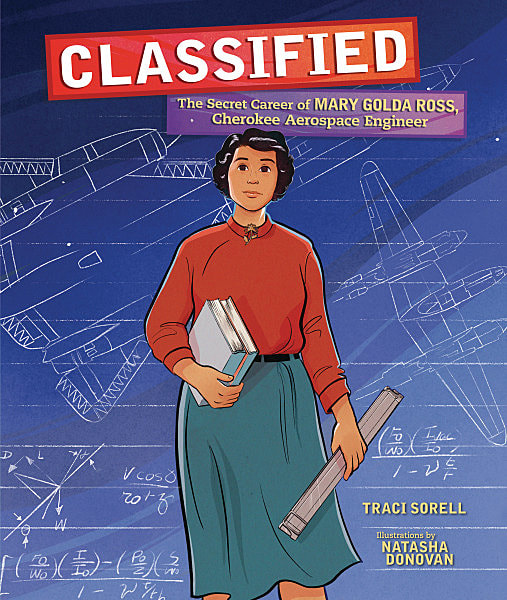
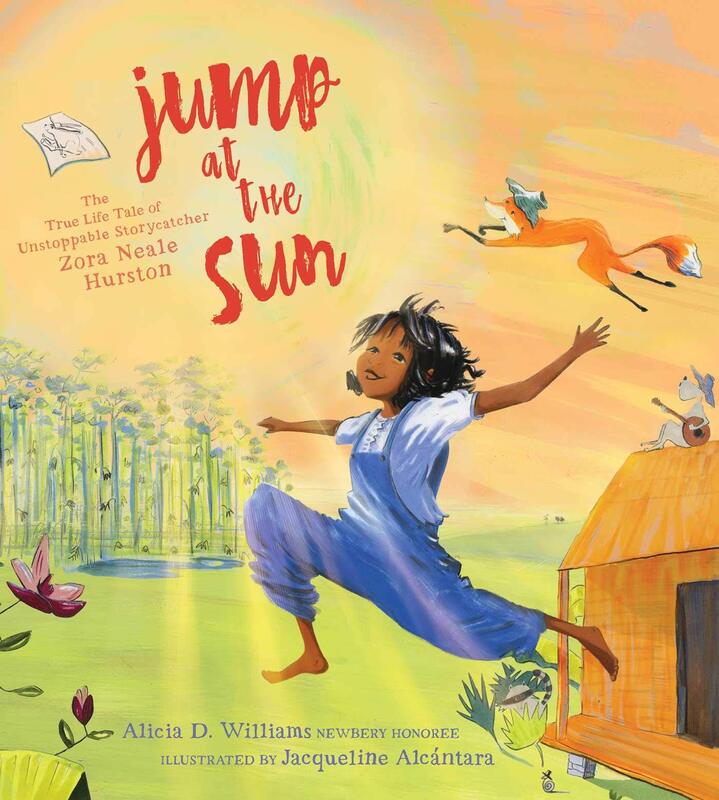
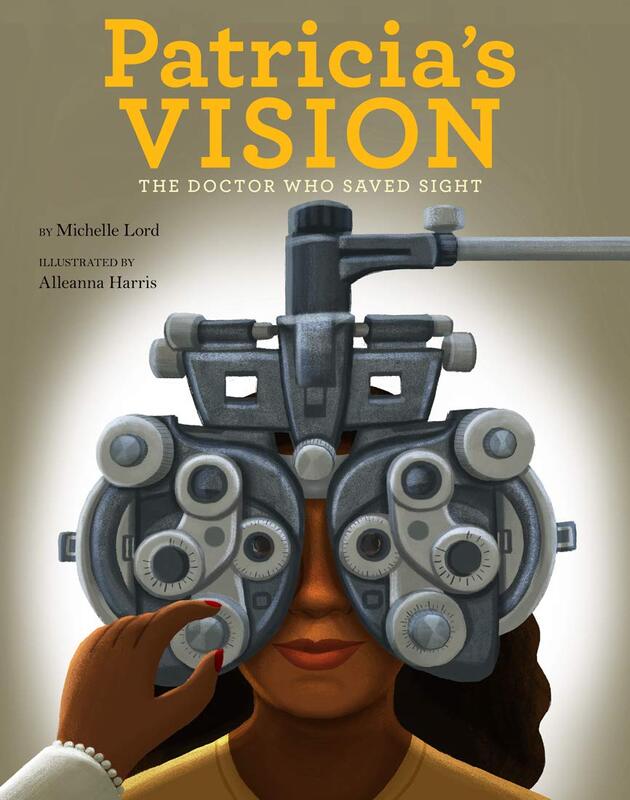
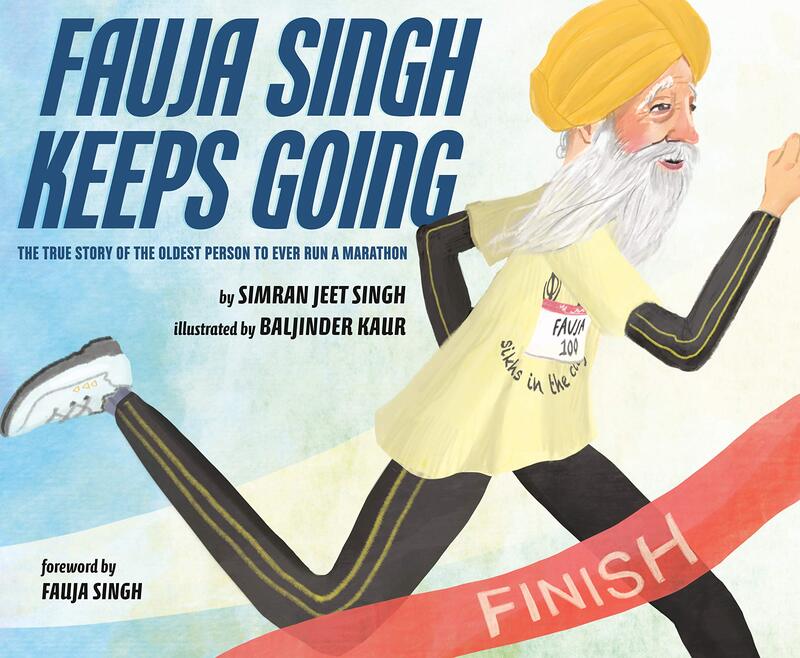
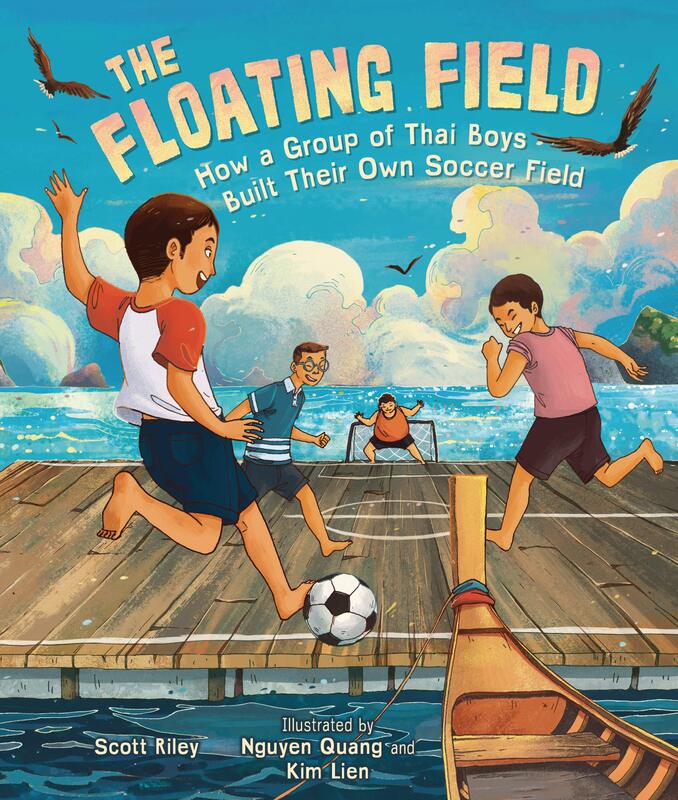
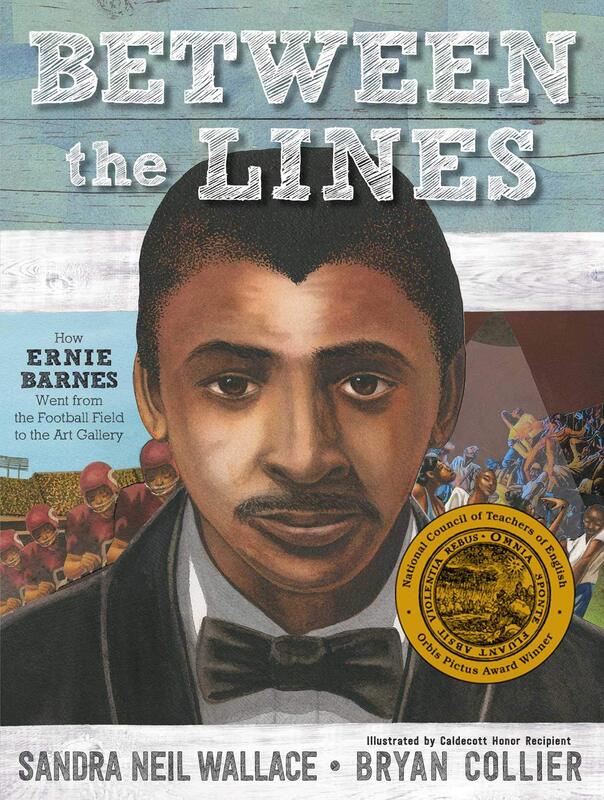
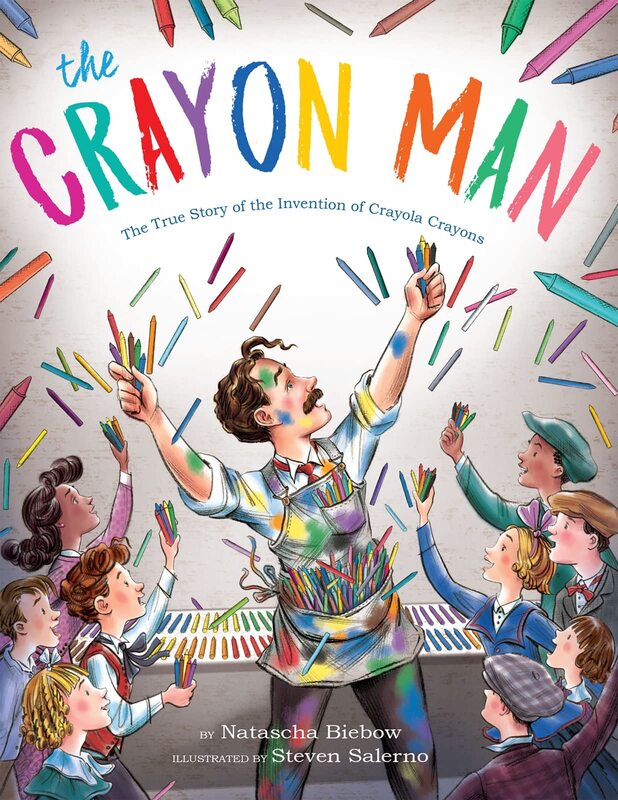
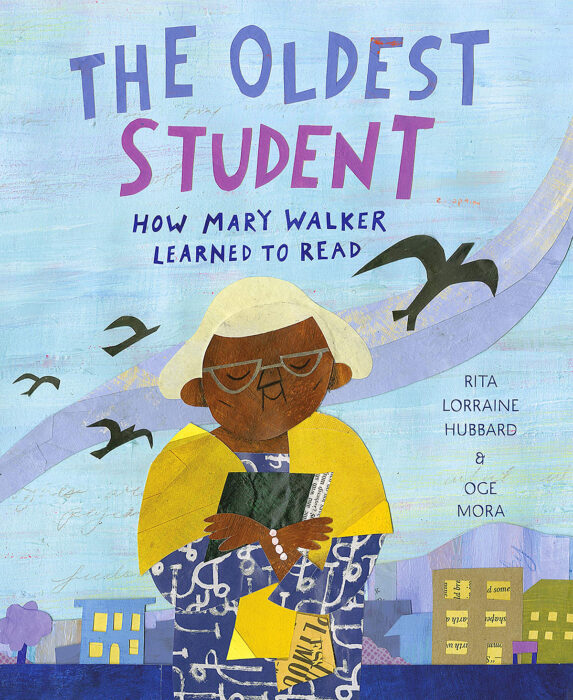
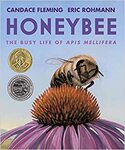
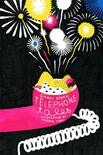
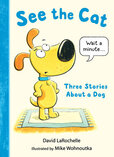
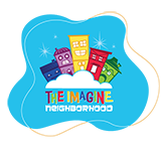
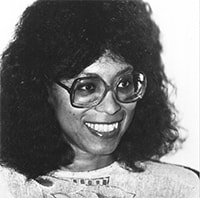
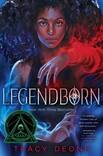
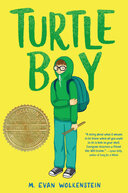
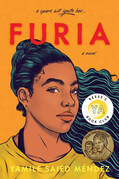
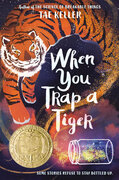
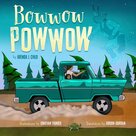
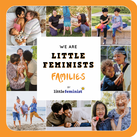
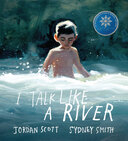
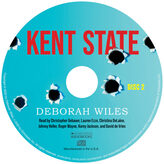
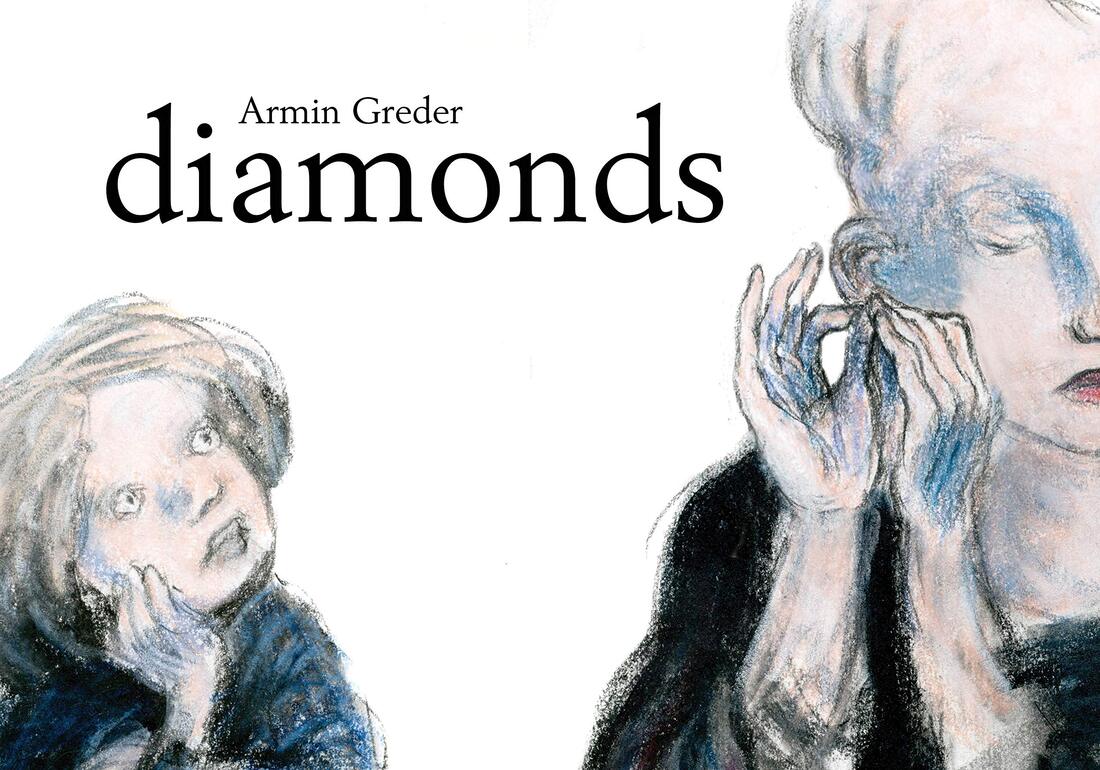
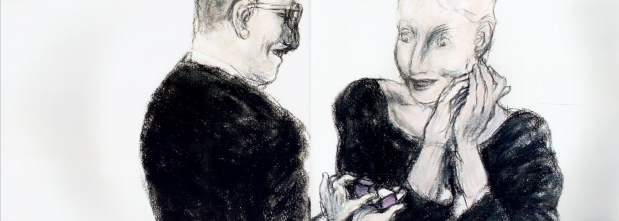
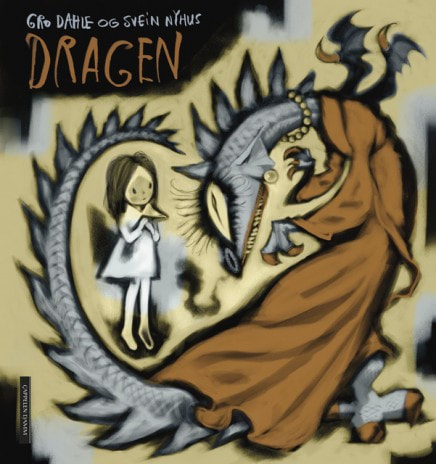
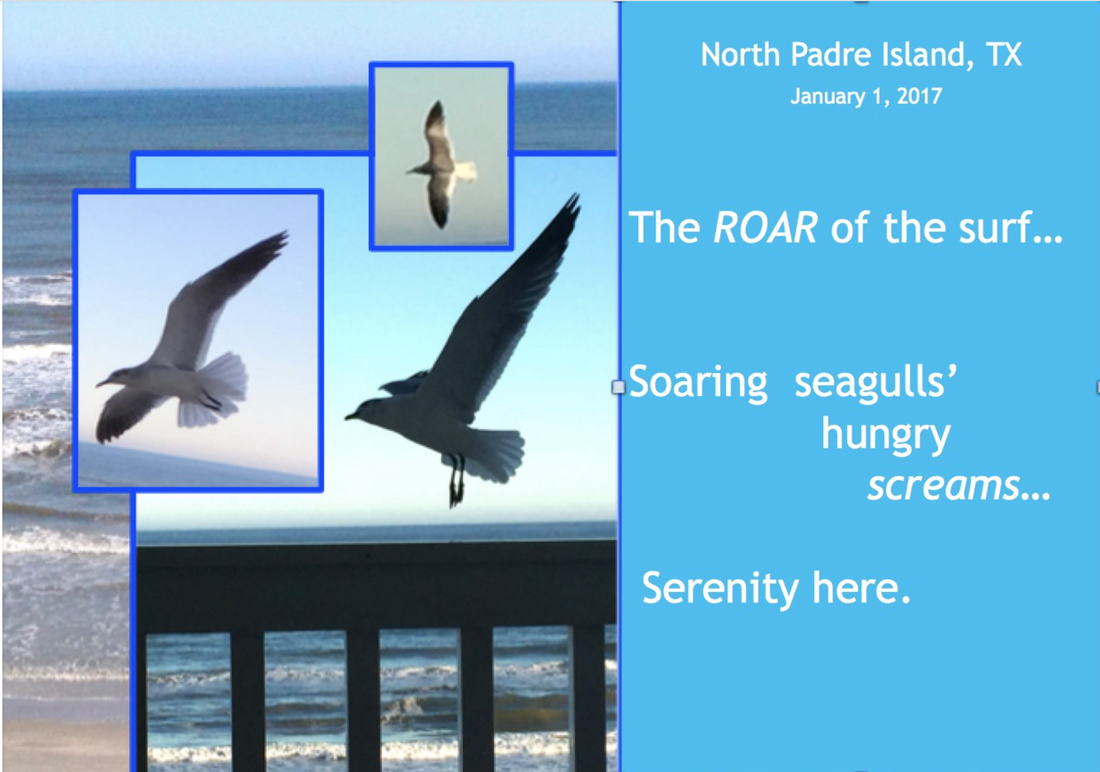
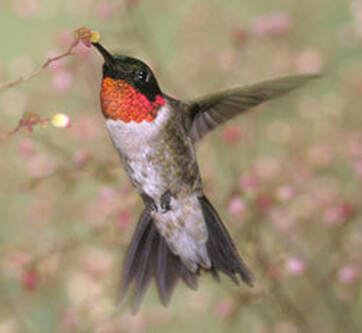
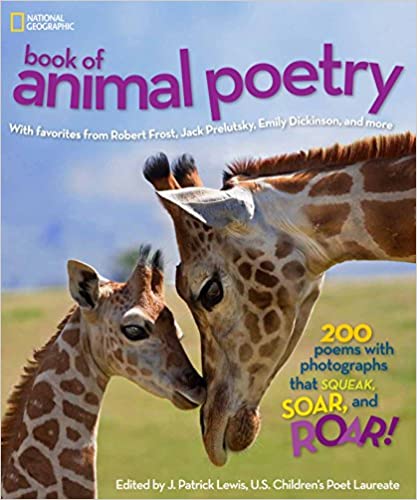
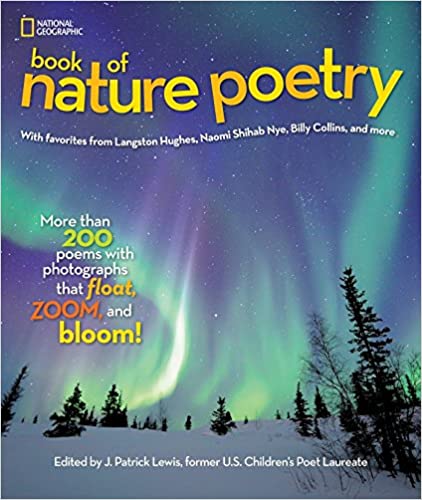
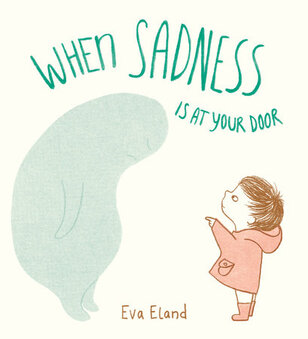
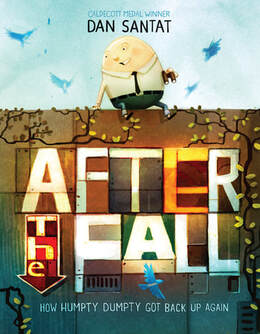
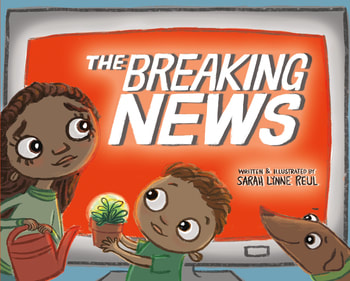
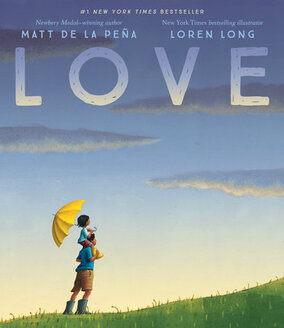
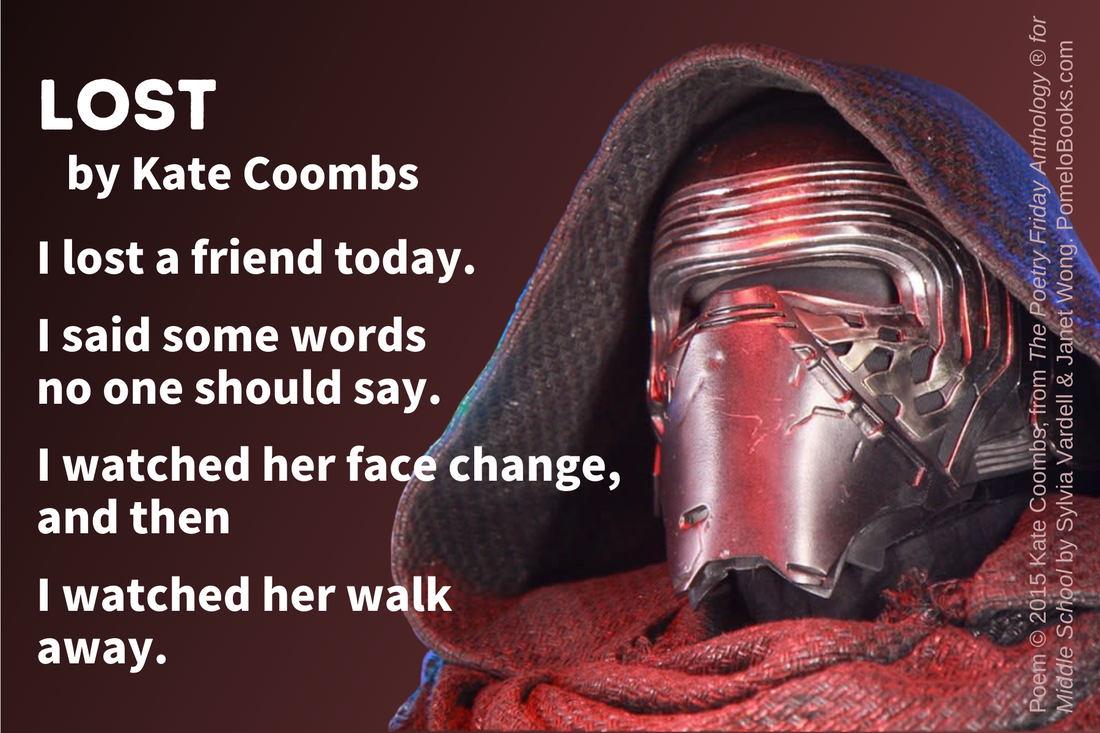
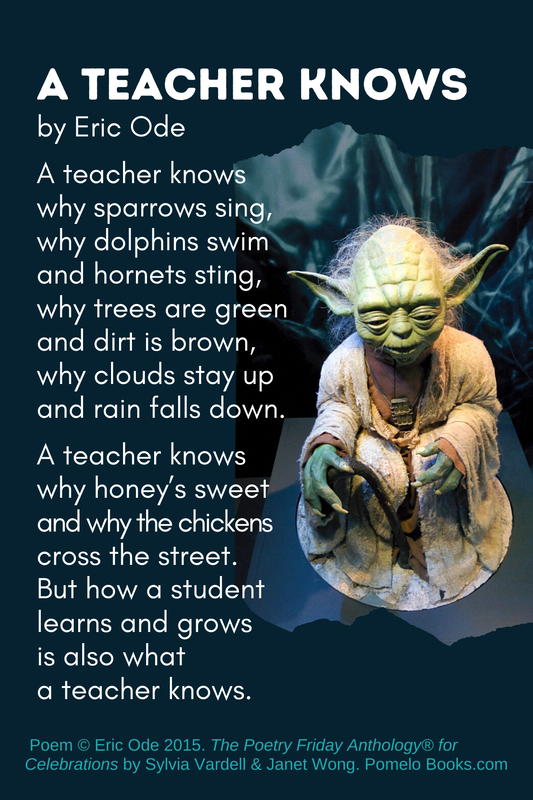
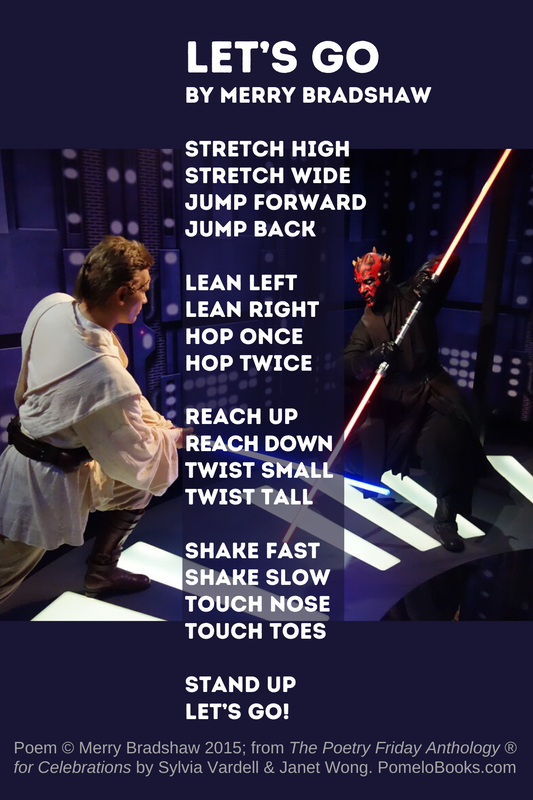

 RSS Feed
RSS Feed